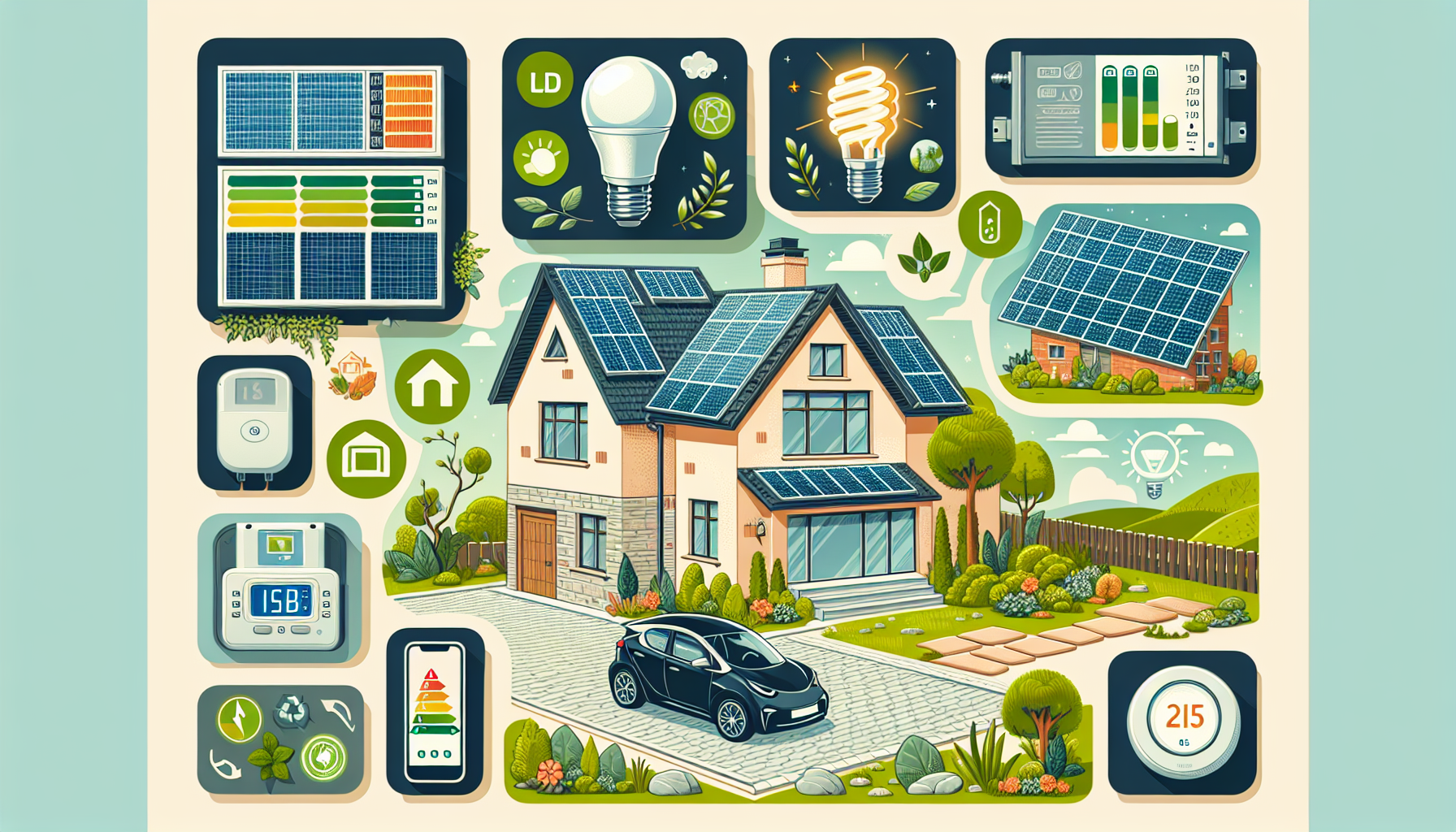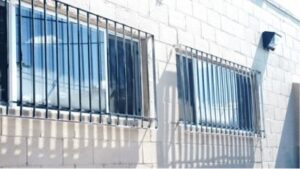How to Choose the Most Efficient Ceiling Fan and Reduce Energy Consumption
Choosing the right ceiling fan can significantly cut down on energy use without compromising comfort. The efficiency of a ceiling fan is determined by its size, design, and speed settings. While traditional models can use between 10 and 100 watts, high-efficiency models are designed to operate on less power, ranging from 16 to 42 watts, which translates to considerable energy and financial savings.
Research covering over 700 fan models showed that the key to selecting the most efficient one isn’t just its power consumption but also its ability to move air effectively. This is measured using the CFM/W metric (cubic feet per minute per watt), indicating the amount of air a fan circulates for each watt of electricity it uses.
Comparing Efficient vs. Traditional Fans
To understand which fan model is more efficient, you need to consider two main factors:
- Energy Use (Watts) — The amount of electricity consumed.
- Airflow Efficiency (CFM/W) — How much air is moved per watt consumed.
Here’s a list of the top 10 most energy-efficient ceiling fans analyzed, offering the best energy performance:
- AERATRON: Uses 16.2 W, achieves 483 CFM/W.
- Fanimation WRAP CUSTOM: Consumes 36.4 W, with an efficiency of 420 CFM/W.
- And others featuring a variety of brands and models, all showing impressive energy use and CFM/W ratios.
Energy Savings and Annual Costs
Ceiling fans use up to 100 times less electricity than air conditioners and can make you feel up to 4°C cooler without the need to lower thermostat settings.
Annual Savings Example: With the average cost of electricity in Spain at approximately €0.1704/kWh, the yearly expense of running a standard 80 W fan for 6 hours daily is around €28.77. However, a 30 W efficient model would cost only about €10.53 annually, saving over 63%.
Compared to Air Conditioning:
An efficient ceiling fan costs €10.53 per year to operate under the given conditions, while an air conditioner could cost €490.75, highlighting the substantial savings potential with fans.
Using ceiling fans allows for less air conditioning use and setting the thermostat 2°C higher without losing comfort, potentially saving an additional 20% on cooling bills.
Energy Star Certification and Impact
Fans with Energy Star certifications are at least 10% more efficient than standard models. To ensure efficiency before buying, check the CFM/W metric and look for the Energy Star label, guaranteeing lower consumption and better airflow performance.
Tips for Optimal Ceiling Fan Use
- Adjust speed according to room temperature; low speeds for cool days and higher in summer.
- Use the correct blade direction: anticlockwise in summer for cooling and clockwise in winter to redistribute warm air.
- Turn off when the room is empty since fans cool people, not air.
- Regular cleaning ensures efficiency.
- Combine with air conditioning for further savings by raising the thermostat setting when using the fan.
Conclusion: Is Investing in an Efficient Ceiling Fan Worth It?
An efficient ceiling fan uses less energy, decreases reliance on air conditioning, and provides great thermal comfort. Key benefits include lower electric consumption (up to 60% savings compared to standard models), higher airflow efficiency, reduced environmental impact by cutting down air conditioner use, and quick payback through electricity bill savings. For those seeking an economical and sustainable cooling solution, investing in an efficient ceiling fan is a smart choice.











